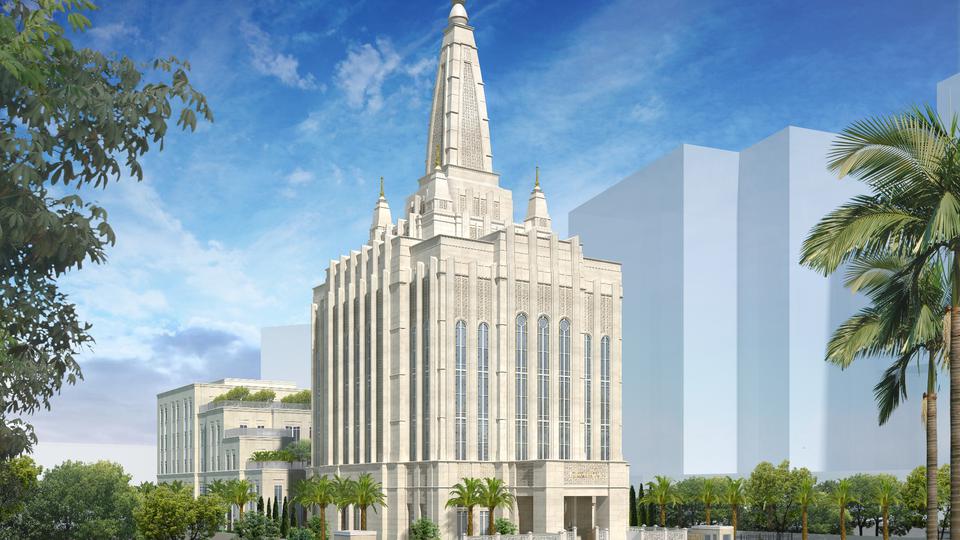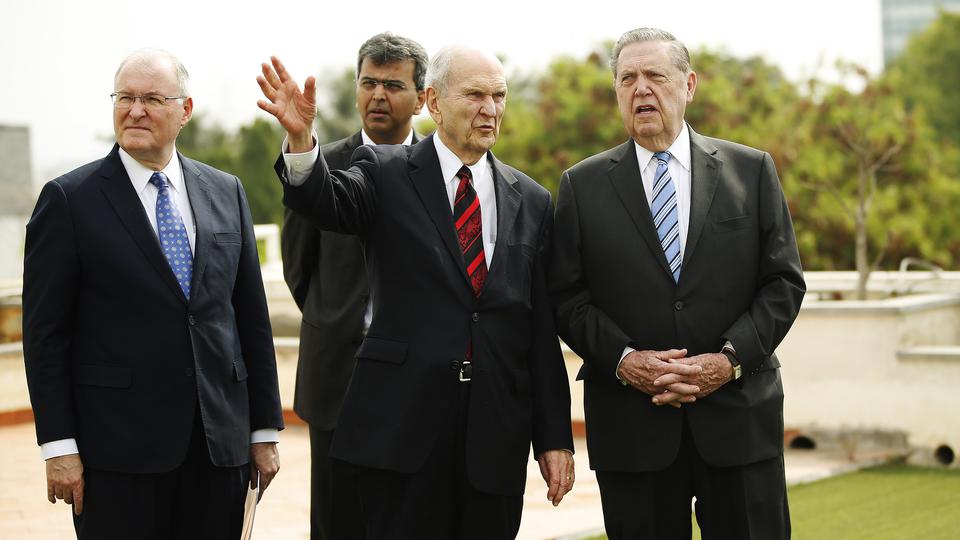(For non-Muslims use only)
An exterior rendering has been released showing the planned Bengaluru India Temple of The Church of Jesus Christ of Latter-day Saints.

The 38,670-square-foot temple will be built on a 1.62-acre site at 2-B, Garudachar Palya, Mahadevapura, Bengaluru, Karnataka, in India. The temple was announced in April 2018 by Church President Russell M. Nelson.
In addition to construction of the temple, existing Church offices and a meetinghouse on the site will be removed. A new two-level meetinghouse will be built, along with new Church offices, a distribution center and housing for patrons. The site will also include new residences for the temple president, temple and service missionaries and the mission president.
This will be the first temple of The Church of Jesus Christ of Latter-day Saints in India, which has nearly 14,000 members in 45 congregations. There are more than 1.2 million Latter-day Saints in Asia.

Detailed plans for this temple are still being developed. Further information will be made public later. A groundbreaking date has not been set. Project leaders will soon start working with local government officials to begin the permitting and design approval process.
Latter-day Saints consider temples to be the “house of the Lord” and the most sacred places of worship on the earth. Temples differ from the Church’s meetinghouses (chapels). All are welcome to attend Sunday worship services and other weekday activities at local meetinghouses. The primary purpose of temples, however, is for faithful members of the Church to participate in sacred ceremonies, such as marriages, which unite families forever, and proxy baptisms on behalf of deceased ancestors who did not have the opportunity while living.